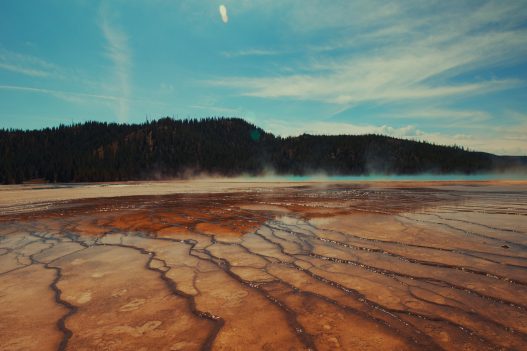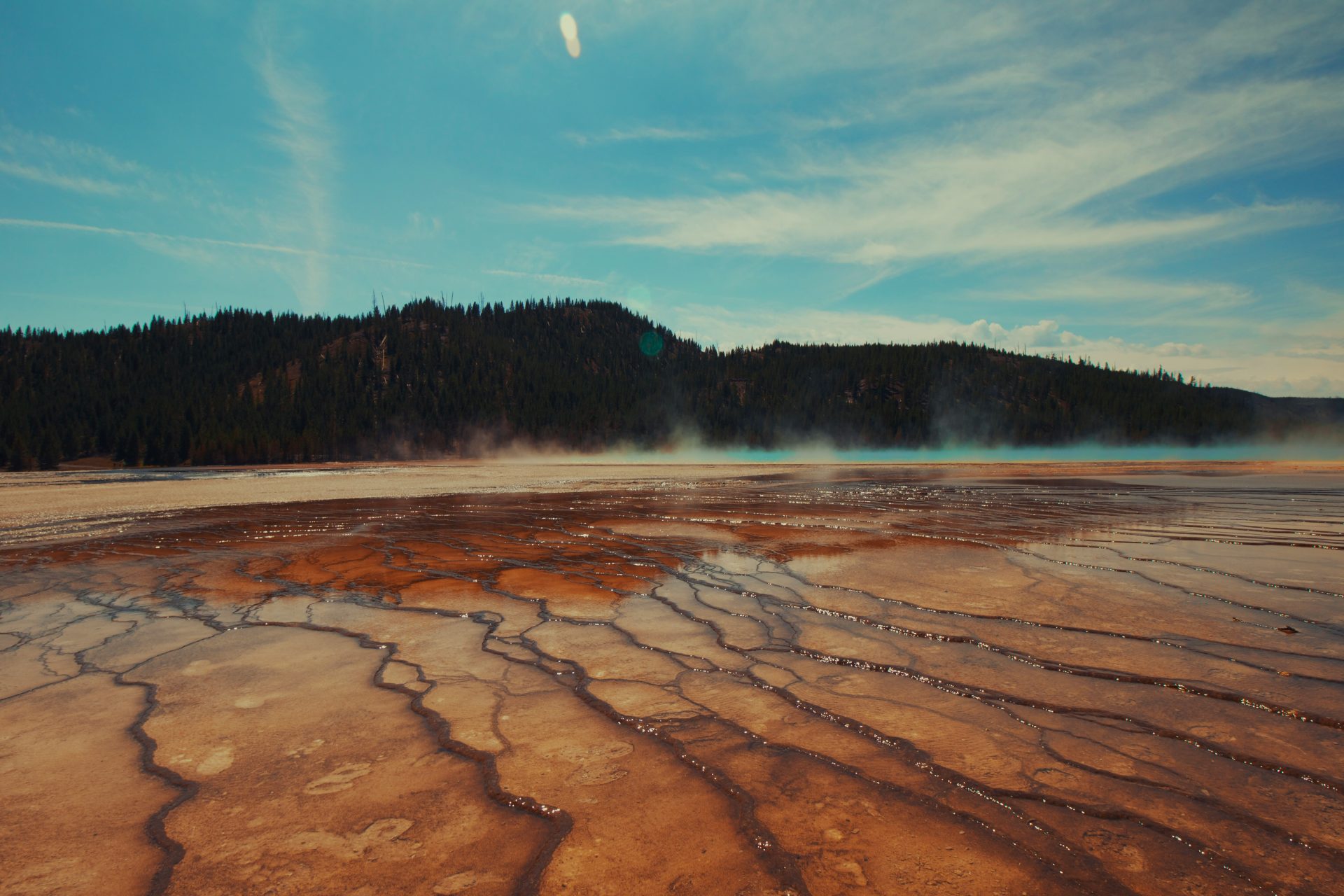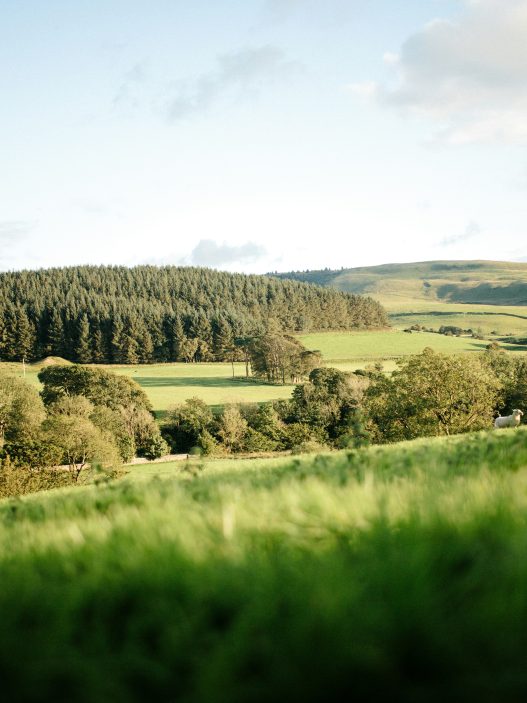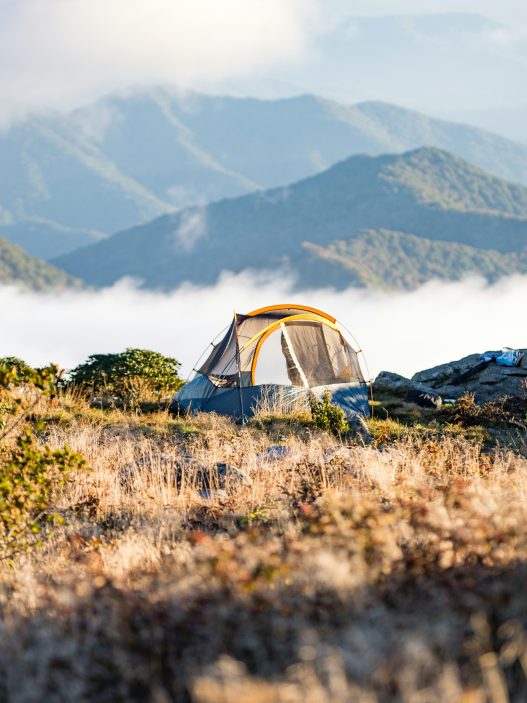National parks in the U.S. offer some of the most breathtaking landscapes and diverse ecosystems, making them ideal for hiking enthusiasts. For hikers seeking unforgettable trails, parks like Yellowstone, Yosemite, and Zion stand out for their stunning views and varied terrains. Each park presents unique features, from towering mountains to serene lakes and rugged canyons.
Exploring these national parks provides opportunities to connect with nature while challenging oneself on well-maintained paths. Whether one is an experienced hiker or just starting, there’s a trail suited to every skill level. The vastness and beauty of these areas make them a must-visit for those who appreciate the great outdoors.
With a plethora of options available across the country, hikers can find trails that not only test their limits but also provide a chance to witness some of nature’s finest displays. From the vibrant wildflowers of spring to the crisp air of autumn, each season offers a different experience, ensuring that there is always something new to discover.
Exploring the Top National Parks for Hiking
The United States is home to breathtaking national parks offering diverse hiking experiences, from towering peaks to dramatic canyons. Each park presents unique trails and stunning natural beauty that appeal to different hiking preferences.
Yosemite National Park: Majestic Peaks and Valleys
Yosemite National Park is renowned for its stunning granite cliffs, waterfalls, and lush meadows. Key trails include the Mist Trail leading to the iconic Vernal and Nevada Falls.
The Yosemite Valley offers accessible walks with breathtaking views, while the Half Dome hike is for the more adventurous, known for its strenuous ascent. Photographers often capture the captivating sunrise over Glacier Point, showcasing the park’s grandeur.
Wildlife enthusiasts may spot black bears and mule deer in their natural habitat. Visitors should prepare for varying weather conditions and trail difficulty levels to ensure a safe and enjoyable experience.
Yellowstone National Park: Geysers and Grandeur
Yellowstone National Park, the first national park in the world, features incredible geothermal features alongside diverse ecosystems. The Old Faithful Geyser is a major draw, known for its predictable eruptions.
Hiking options range from easy strolls around the Upper Geyser Basin to the more challenging Mount Washburn trail, which rewards hikers with panoramic views.
Wildlife, including bison, elk, and wolves, flourishes here. The Grand Canyon of the Yellowstone offers trails with stunning viewpoints, making it a favourite for those seeking both adventure and scenic beauty.
Zion National Park: Red Rocks and Canyons
Zion National Park is famous for its towering red cliffs and stunning slot canyons. The Angels Landing hike is a must for thrill-seekers, providing dramatic views of the canyon.
For a more leisurely experience, the Riverside Walk along the Virgin River serves as an easy introduction to the park’s beauty.
The Narrows, a hike through the Virgin River, is another highlight, allowing visitors to experience the unique geography up close.
The park is an excellent spot for photographers and nature lovers alike, boasting vibrant colours and diverse flora.
Grand Canyon National Park: Iconic Landscapes
Grand Canyon National Park is an iconic hiking destination, offering unmatched views of its vast, layered rock formations. The Bright Angel Trail provides a popular route into the canyon, allowing hikers to experience its depth and scale.
The South Kaibab Trail offers breathtaking vistas but is more strenuous, perfect for experienced hikers.
For those preferring the rim, the Rim Trail presents easier access with scenic overlooks, ideal for families.
Sunrise and sunset offer stunning photographic opportunities as the light plays across the canyon walls, creating a breathtaking tapestry of colours.
Rocky Mountain National Park: Alpine Adventures
Rocky Mountain National Park is known for its high altitudes and diverse ecosystems. The Bear Lake area offers several trails of varying difficulty, making it accessible for all hikers.
The Trail Ridge Road provides scenic drives with numerous hiking opportunities, including the Alpine Visitor Center for breathtaking views.
Longs Peak, the most challenging summit, attracts experienced climbers, while shorter trails like Emerald Lake lead through picturesque landscapes.
Wildlife watchers can expect a variety of species, including elk and mountain goats, enhancing the park’s appeal to nature enthusiasts. Hikers should take time to acclimatise due to high elevation.
Planning Your Hiking Adventure
Effective planning is crucial for a successful hiking trip. Consider the timing, essential gear, and safety measures to ensure an enjoyable experience.
Best Times to Visit
The ideal time to visit national parks varies by location. Most parks see peak attendance during summer months due to favourable weather.
For instance, the Great Smoky Mountains are best visited in spring or autumn when temperatures are moderate and crowds are thinner. Conversely, Yosemite can be quite snowbound in winter, making trails challenging.
Research specific parks for seasonal highlights. Wildflower blooms, autumn colours, and wildlife migration schedules can enhance the hiking experience. Check conditions before planning, as weather can vary significantly.
Essential Gear and Preparations
Proper gear amplifies a hiking experience. Fundamental items include:
- Footwear: Choose sturdy, waterproof hiking boots to prevent blisters.
- Clothing: Layering is essential; opt for moisture-wicking base layers, insulating mid-layers, and weatherproof outer layers.
- Backpack: A comfortable pack with adequate capacity for essentials is necessary.
Additional preparations include packing a first-aid kit, water purification system, snacks, and a map or GPS device.
Always prepare for changing weather conditions, bringing a rain jacket or extra pair of socks if needed.
Safety Tips and Navigation
Safety is paramount while hiking. First, inform someone of the planned route and expected return time.
Carry a fully charged mobile phone and portable charger. A traditional map can be invaluable in areas with limited service.
Stay on marked trails to avoid getting lost or harming the ecosystem. Familiarise oneself with park regulations regarding wildlife encounters and food storage.
Before setting out, always assess personal fitness levels against trail difficulties. Start with easier hikes and gradually tackle more challenging terrains as confidence and experience grow.








